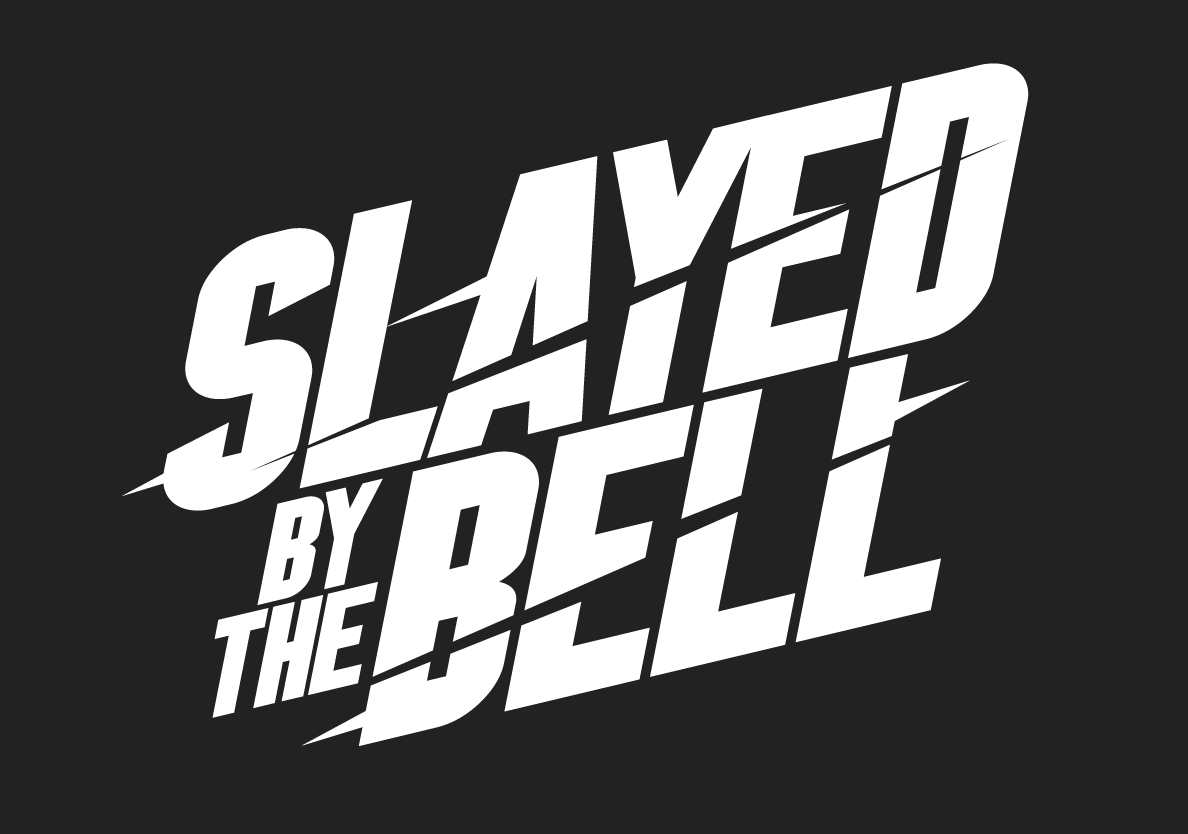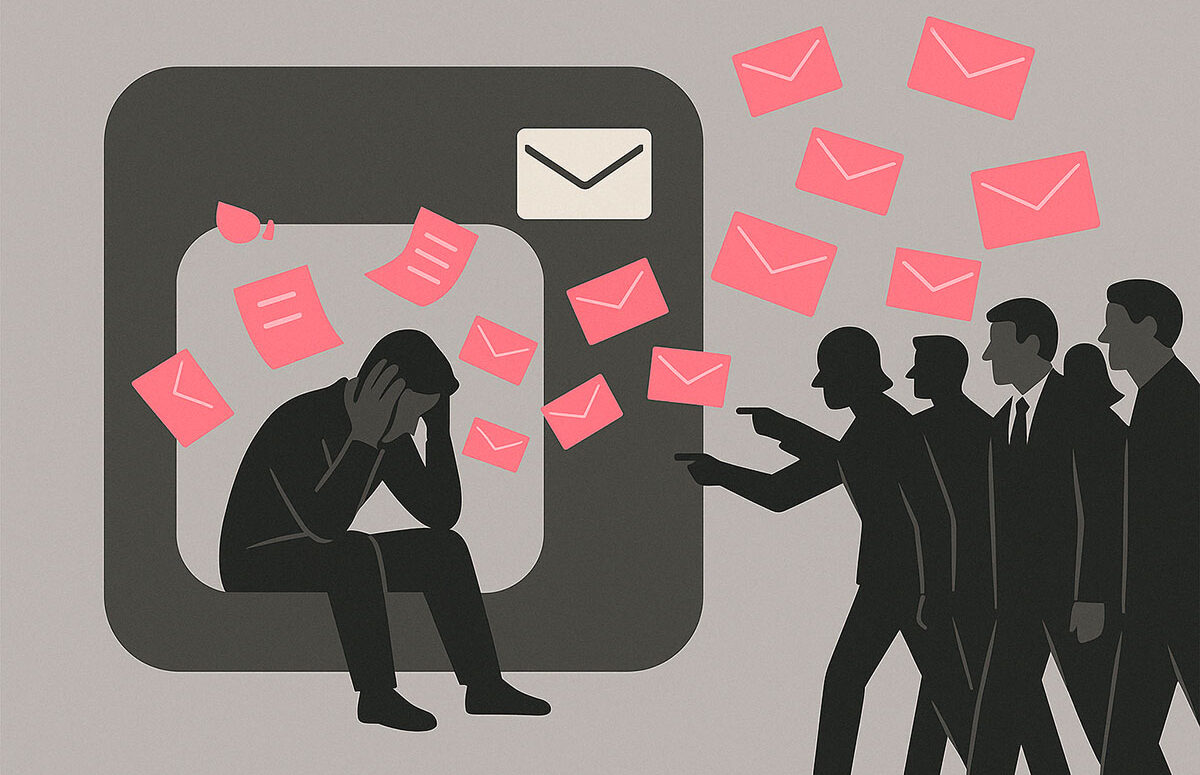Navigating the Sea of bullshit communication
The infamous flood of emails – a digital deluge that rivals a monsoon in rainy season but Noah can’t save you from this cataclysm. Imagine: you’re drowning in a sea of notifications, desperately trying to stay afloat amidst the relentless tide of bullshit email communication. The struggle is real, and the irony is undeniable. Let’s plunge into the depths of this email abyss and explore the multifaceted dilemma that engulfs education.
Problem
In the digital age, where connectivity is king/Queen, the incessant barrage of unnecessary emails has become the bane of educators’ and students’ existence. This email overload doesn’t just create a fleeting annoyance; it’s a tidal wave crashing into the shores of productivity and mental well-being. As we navigate this sea of digital missives, it’s time to acknowledge the toll it’s taking on our education system.
“Become one with the air
Lewis Parker – Communications
Instead of one with the computer
Where the digital monster inevitable controls our future”
Causes: Unearthing the Roots of the Issue
The root causes of this email avalanche are diverse. From a lack of effective communication strategies to the temptation to press “send” without a second thought, the email predicament has deep-seated origins. And often, the problem lies in the inefficiency of sending too many emails when the information could have been shared more effectively through an internal memo or webpage. I can sense my amygdala kicking in: “STICK IT ON THE FUCKING WEBSITE!!!” ***Taking a breath to calm myself… 1, 2, 3…
And then there’s the after-hours email phenomenon. Leaders justify infiltrating staff inboxes during personal time with a disrespectful, piss-take of a disclaimer: “I sometimes work outside of school hours; you’re not obliged to read this in your own time.” Is this a logical fallacy (“appeal to moderation” or “middle ground fallacy”), or are we just guilt-tripping the unsuspecting recipients? Let’s call it what it is – a digital shaming, saying, “Hey, I’m working, and so the fuck should you.”
Effects
Now, let’s talk about the collateral damage. The constant ping of incoming emails doesn’t just disrupt workflow; it disrupts the mental well-being and morale of educators. When leaders think a disclaimer is a panacea for the stress caused by after-hours emails, it’s time to reassess. The impact on staff morale and mental health is undeniable, turning passion into frustration and commitment into burnout. Anger and empathy unite in the face of a problem that’s hugely affecting teacher energy.
Cognitive Overload and Information Sharing Woes
Beyond the psychological toll, there’s the issue of cognitive overload – yeah, that’s the shit leaders always warn us about, telling us to be careful not to overwhelm students (cue Alanis Morrisette warming up the vocal chords). The sheer volume of information bombarding educators and students can overwhelm cognitive capacities, hindering productivity and focus. Back in the day, sharing important information required more effort – a trip to the photocopier, a stroll to everyone’s pigeonholes. Information had to earn its place, proving its worth before demanding attention.
Solutions
So, what’s the escape route from this email labyrinth? First, leaders need to reconsider their email etiquette, sparing educators from after-hours interruptions and reevaluating the necessity of each digital dispatch. Introduce alternative communication channels and streamline information sharing to alleviate cognitive overload. Slack messenger seems to have offered an intersting alternative in this regard (not sponsored).
Implementing email guidelines and digital literacy training can equip educators and students with the tools to navigate this effectively. It’s time to reclaim the sacred space of the inbox and restore balance to the educational ecosystem.
Conclusion
We stand at a crossroads. The solution lies not in drowning in the deluge but in navigating a path toward change. It’s time for leaders, educators, and students to embrace a more balanced and mindful approach to digital communication. The call to action is clear: let’s stem the tide of unnecessary emails, champion mental well-being, and develop a new era of efficiency and empathy. The time for change is now, and the power to make it happen lies within each one of us.
“It has to start somewhere, it has to start sometime
What better place than here, what better time than now?All hell can’t stop us now”
Rage Against the Machine – Guerrilla Radio

